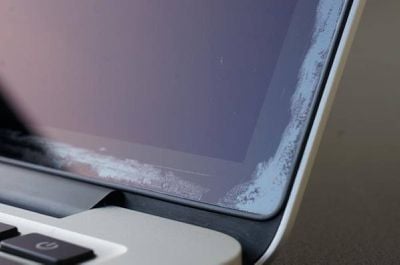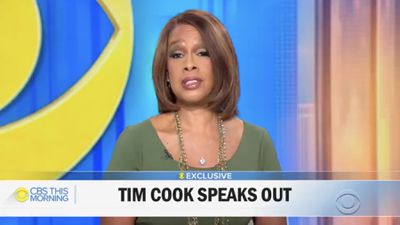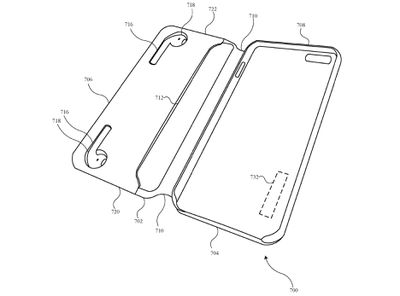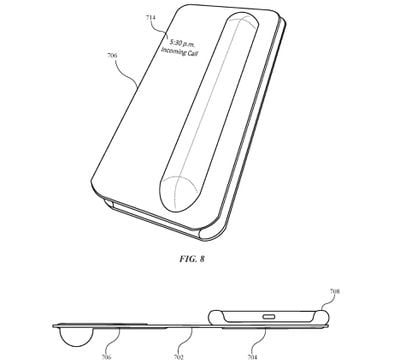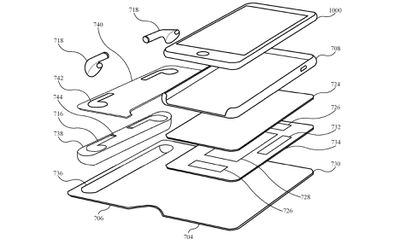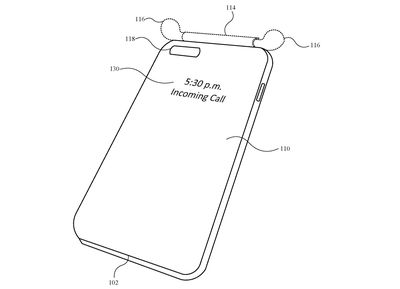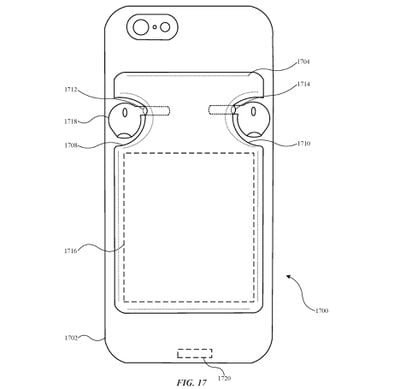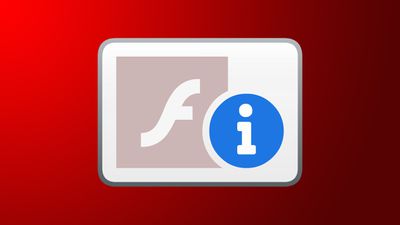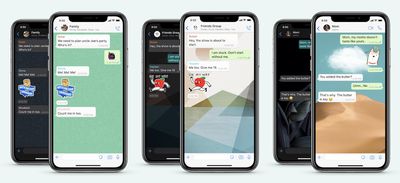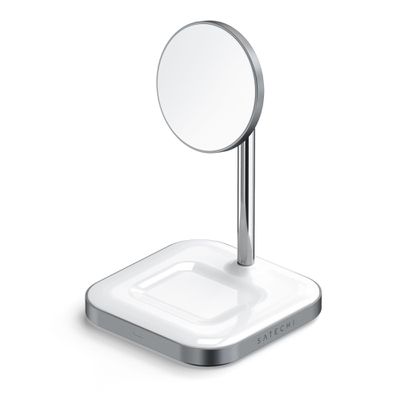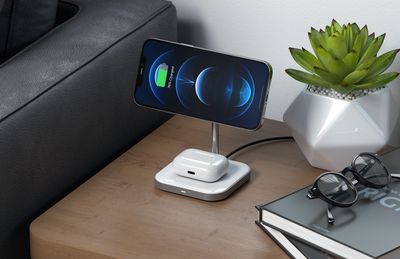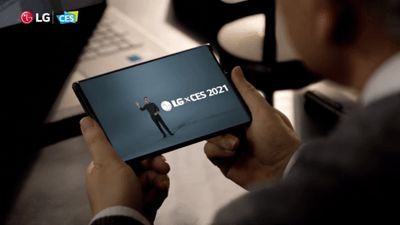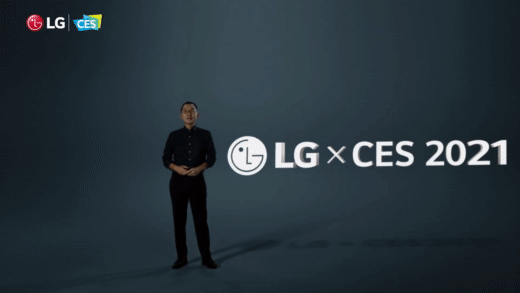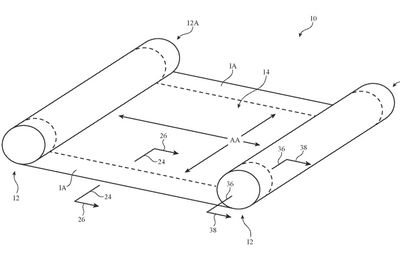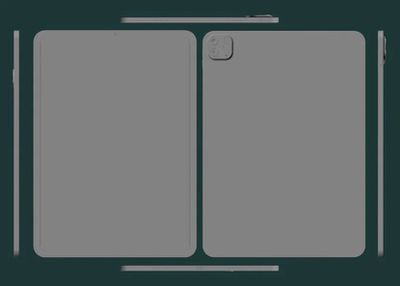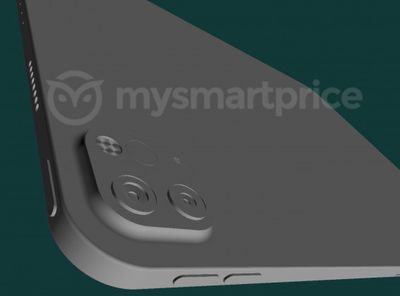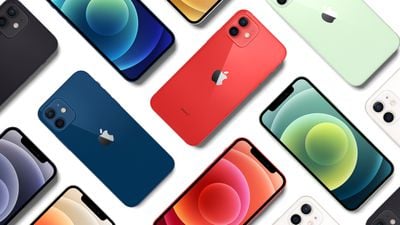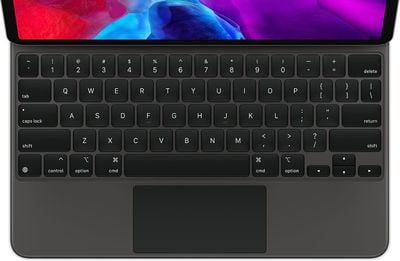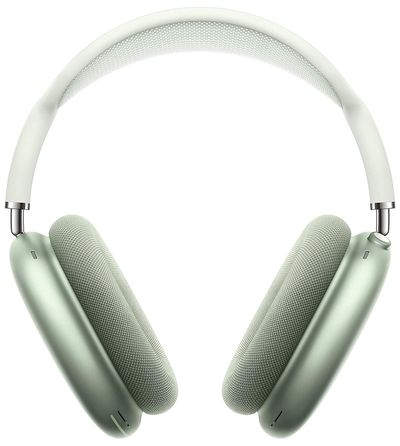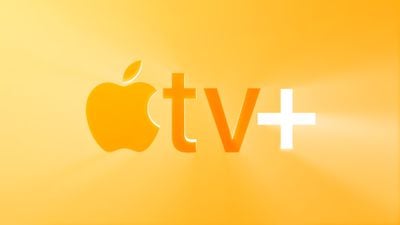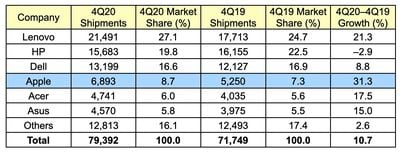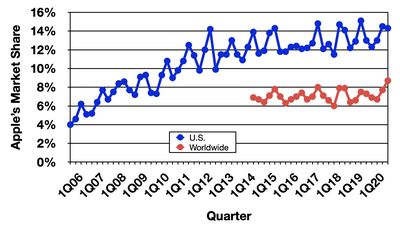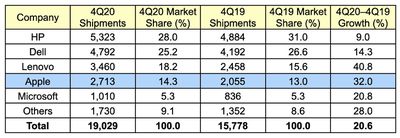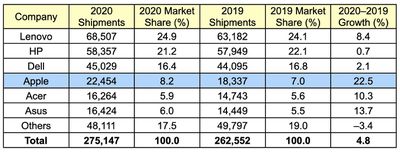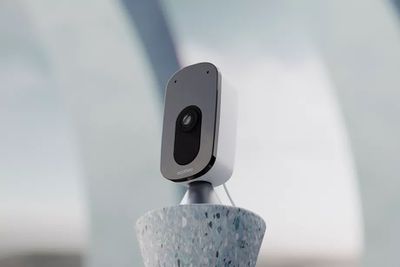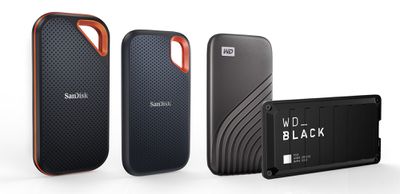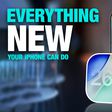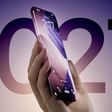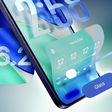Anker today announced the launch of the Soundcore Liberty Air 2 Pro headphones, which are true wireless earbuds with Active Noise Cancellation capabilities.
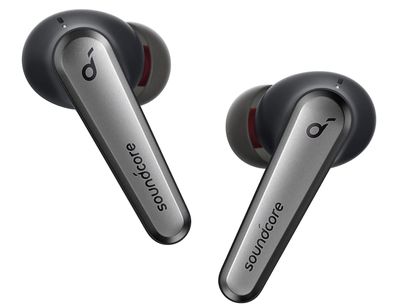
Priced at $130, the Liberty Air 2 Pro earbuds are half the price of the AirPods Pro, and are the first Soundcore headphones to offer noise cancelling functionality. There are three ANC modes, including Transport, Indoor, and Outdoor to adjust the noise cancellation levels.
Transport mode is optimized to cut down on the noise of engines, traffic, and public transport to reduce up to 90 percent of noise during a commute, while Outdoor mode targets low and mid-frequency sounds to minimize noise while allowing traffic sounds to come through. Indoor mode targets and cancels human voices.
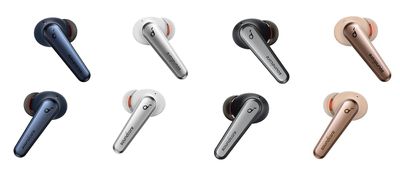
The Liberty Air 2 Pro come in four colors: Onyx Black, Titanium White, Sapphire Blue and Crystal Pink. The earbuds offer a six hour battery life with ANC turned on or seven hours with the feature deactivated, and there's a USB-C/Qi charging case that adds up to 26 hours of additional battery life.
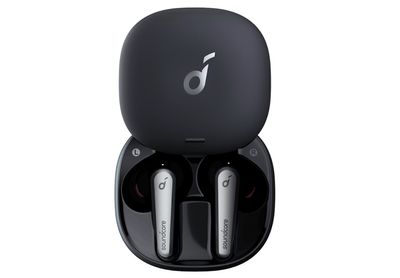
Six built-in microphones optimize voice for phone calls and aim to minimize background noise, and the earbuds are compatible with Siri at launch. There are built-in touch controls for music playback, which can be customized inside the accompanying app.
As for sound, Anker says that the earbuds are equipped with PureNote Driver technology with 11mm drivers for "accurate sound and clarity at all frequencies." A HearID personalized EQ feature is included to intelligently analyze each person's hearing profile to create a tailor-made sound setup. There's also an adjustable EQ with 22 preset sound profiles, and the earbuds come with nine pairs of silicone ear tips so that users can get the ideal fit.
The Liberty Air 2 Pro can be purchased from the Anker website or from Amazon for $129.99.


